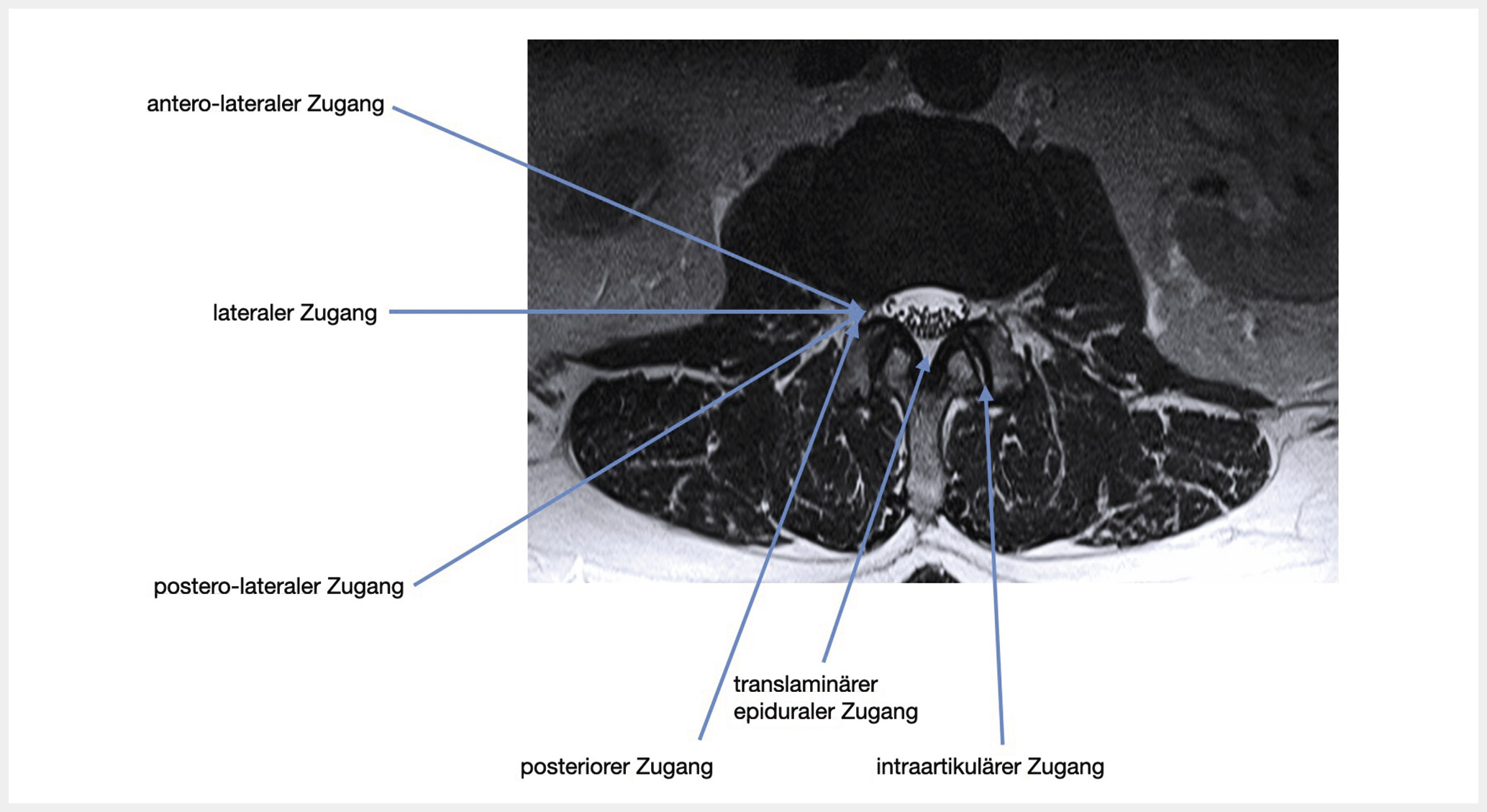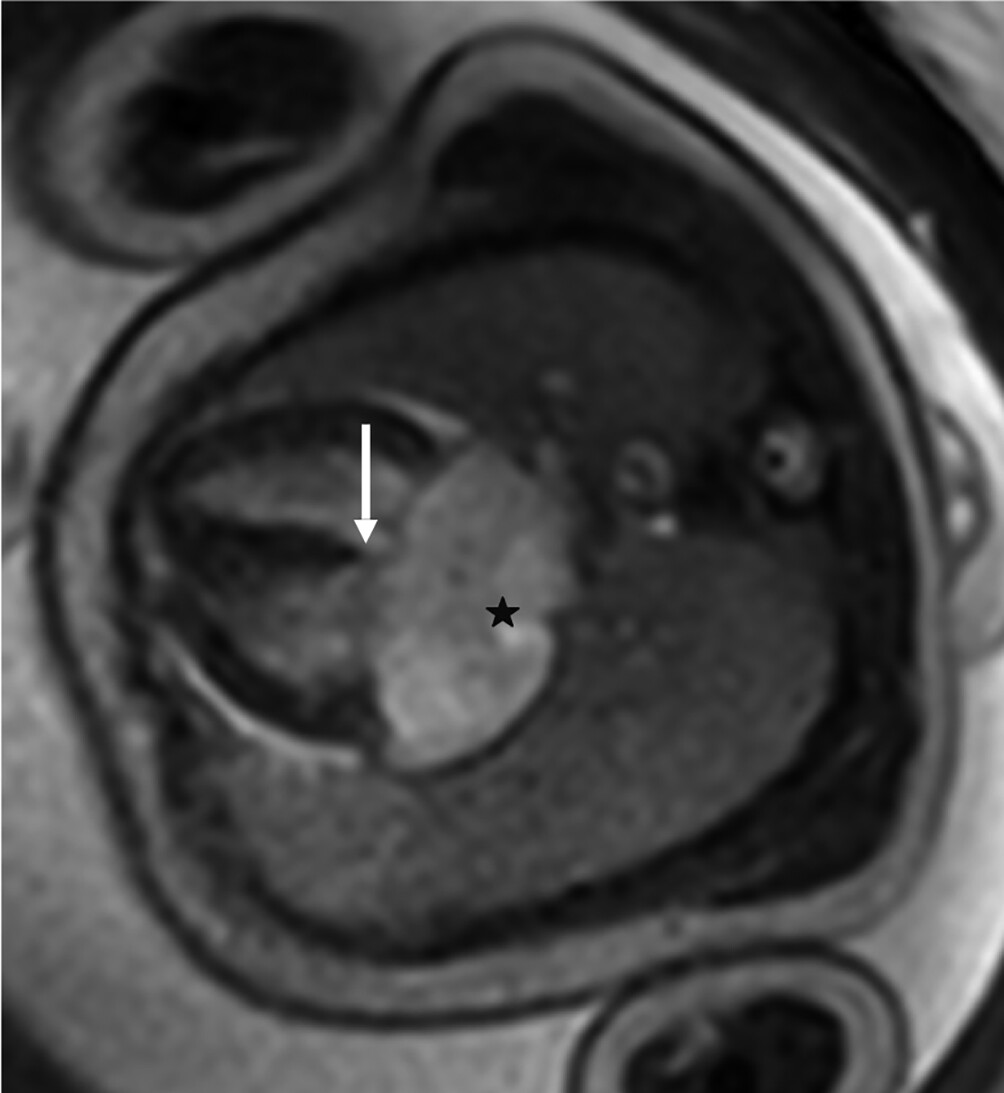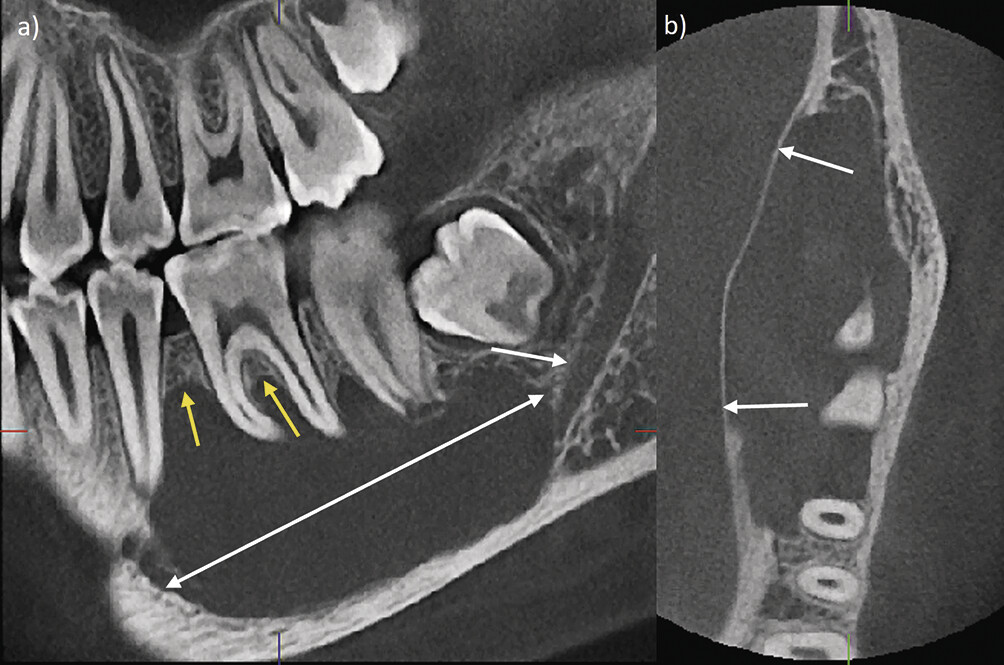Current issue – 04/2025
Specific back pain – effective diagnosis and treatment from the radiologist's point of view
Christoph Alexander Stückle, Patrick Haage
The diagnosis and treatment of specific back pain is important in radiology. Due to the high number of patients suffering from back pain, it is important to provide excellent diagnostic and therapeutic support. Based on a recent literature search and considering the relevant guidelines as well as expert opinions, the aspects of specific back pain important for radiologists in terms of pathogenesis, diagnosis, and treatment are presented.
Prenatal imaging – role of fetal MRI
Manuela Tavares de Sousa, Björn P. Schönnagel, Jonas Denecke, Jochen Herrmann
Congenital abnormalities occur in about 3 in 100 fetuses. Prenatal ultrasound is the standard technique to detect these fetal abnormalities. In Germany, three ultrasound examinations are provided in the first, second, and third trimesters, respectively. Fetal magnetic resonance imaging (MRI) can be used as an adjunct technique to provide further information in cases of congenital abnormalities. Fetal MRI can supplement the information obtained by fetal ultrasound and can provide additional information or exclude others. Diagnosis made by an interdisciplinary cooperation based on all available ultrasound and MRI findings is the key to optimal imaging and advice for expectant parents.
Bone Tumors of the Jaw – the "Blind Spot" for Radiologists Experienced with Tumors? – Part I
Thomas Grieser, Edgar Hirsch, Ninette Tödtmann
Primary bone tumours of the jaw are rare tumoral entities and do substantially differ from other bone tumours of the human body with respect of their frequently encountered unusual radiological appearances. The reason for that may be confined to the co-existence of two closely neighbored but different anatomical structures (i.e., tooth-forming apparatus and jaw bones with adjacent gingiva) and some tumour pathologies which are nearly excusively encountered in the jaw bones only (e.g., ameloblastoma, ossifying fibroma, ghost cell carcinoma). Some basic principles of the diagnostic approach and possibilities of radiological differentiation of such tumour-suspicious changes within the gnathic system are elucidated and discussed.




